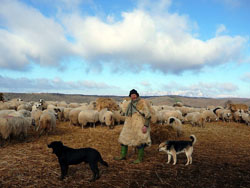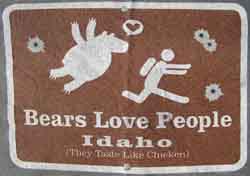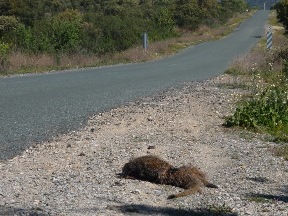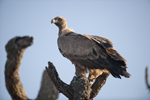The mitigation of conflicts associated with large carnivore damage to livestock and agriculture is pivotal to their conservation. Current programs to compensate and prevent large carnivore damage in 27 European countries and the factors related to the economic costs of these programs are evaluated here. Overall, high compensation costs are associated with free-ranging livestock (68% of total costs) and with national economic wealth. Contrary to general belief, the return of large carnivores does not always translate into higher compensation costs. This study identifies a tendency towards prioritizing compensation over prevention; only a few wealthy countries pay the majority of the money allocated for prevention programs to adapt husbandry practices to the presence of large carnivores. Results show that programs mainly focused on paying large compensation amounts will often fail to build tolerance towards predators. To mitigate conflicts and optimize the cost-effectiveness of publicly funded measures, responsible agencies should be proactive, focus on prevention-based policies and periodically evaluate the effectiveness of compensation and prevention programs in an adaptive manner. With this purpose and to identify further solutions for conflict mitigation, a pan-European database of damage occurrence, management actions and associated costs is called for. informacion[at]ebd.csic.es: Bautista et al (2019) Large carnivore damage in Europe: analysis of compensation and prevention policies. Biol Conserv https://doi.org/10.1016/j.biocon.2019.04.019


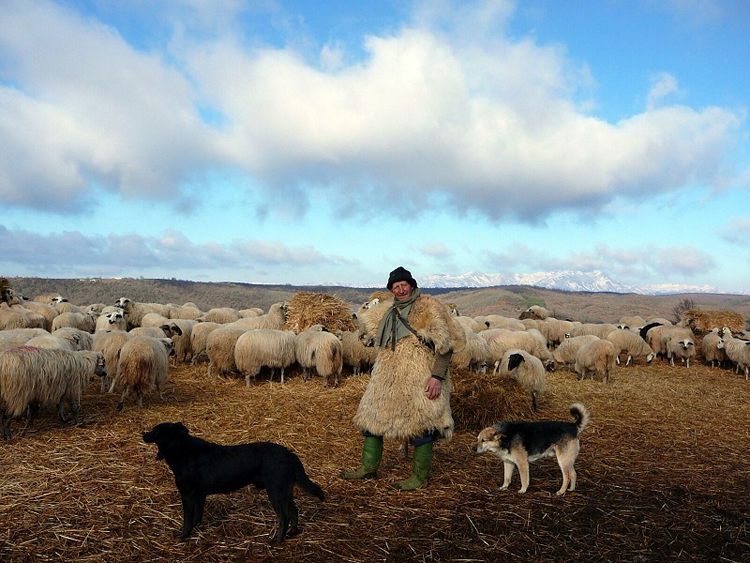
 Large carnivore damage in Europe: Analysis of compensation and prevention programs
Large carnivore damage in Europe: Analysis of compensation and prevention programs